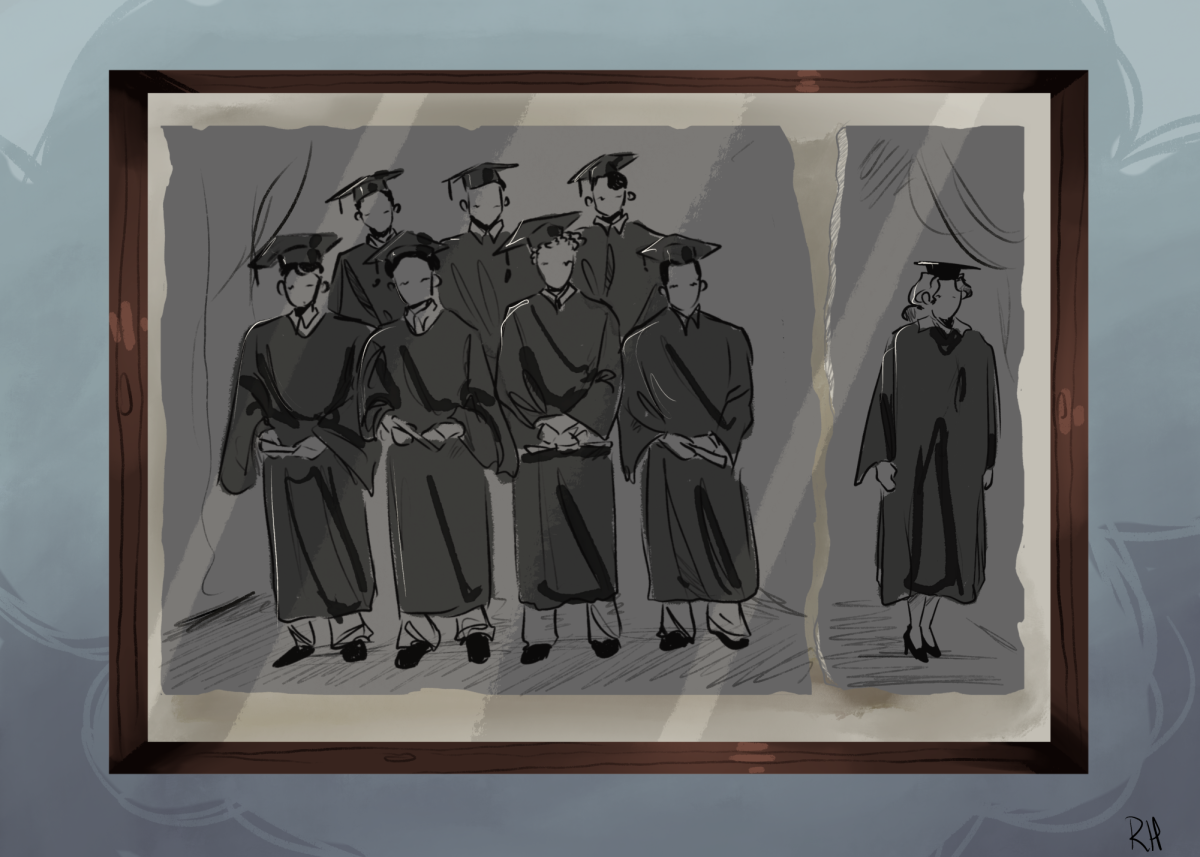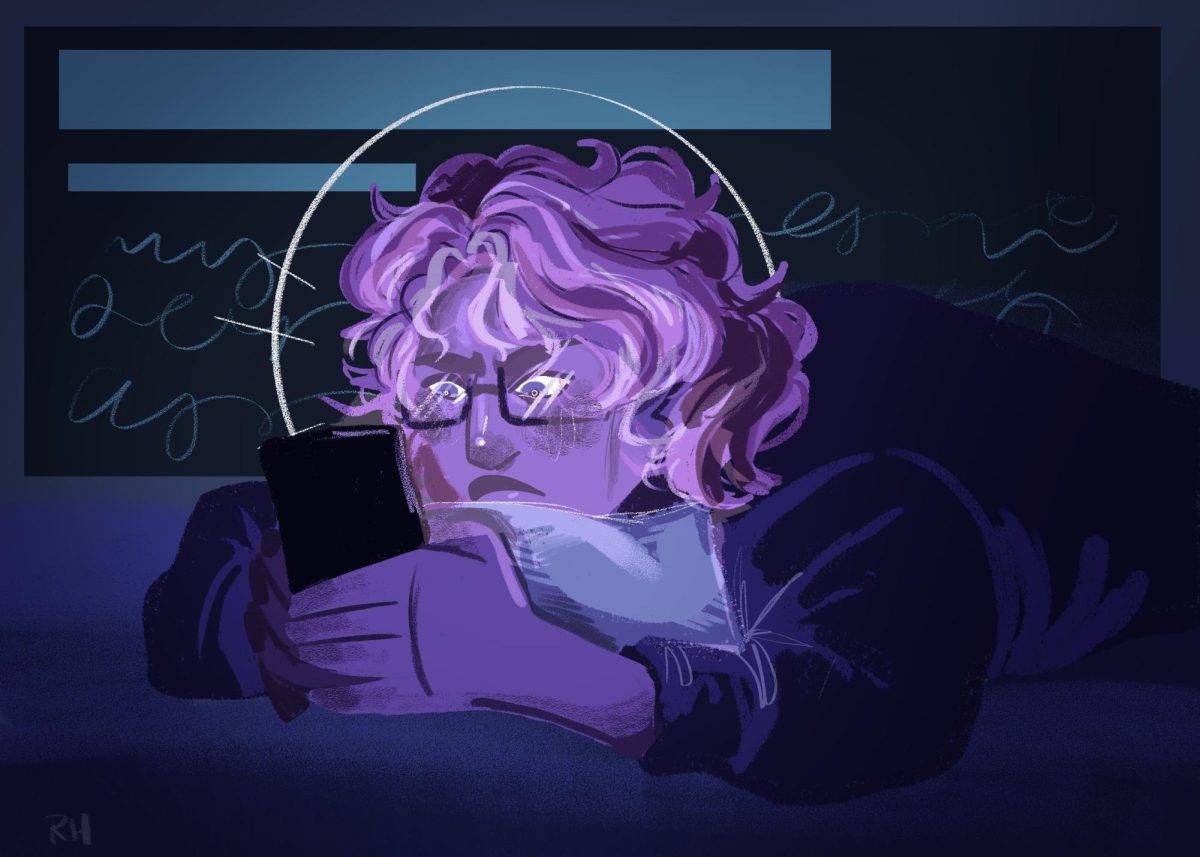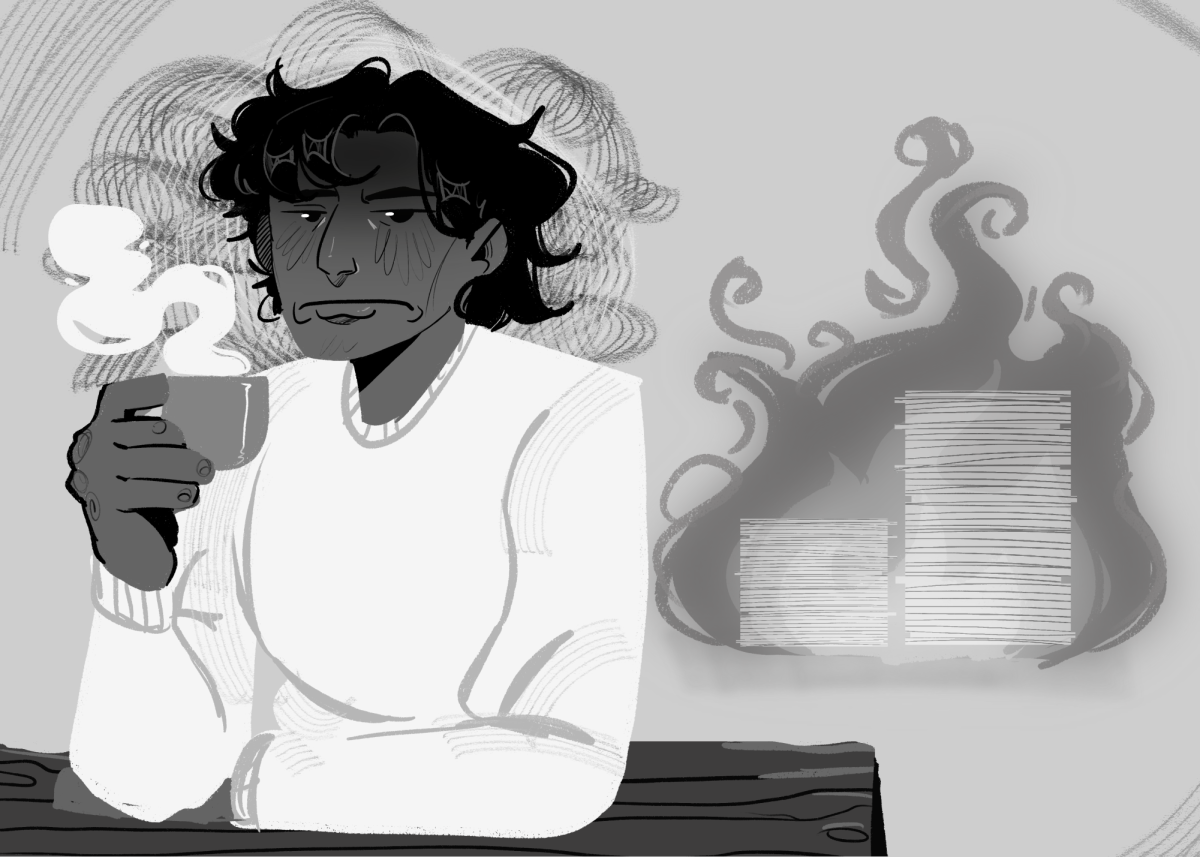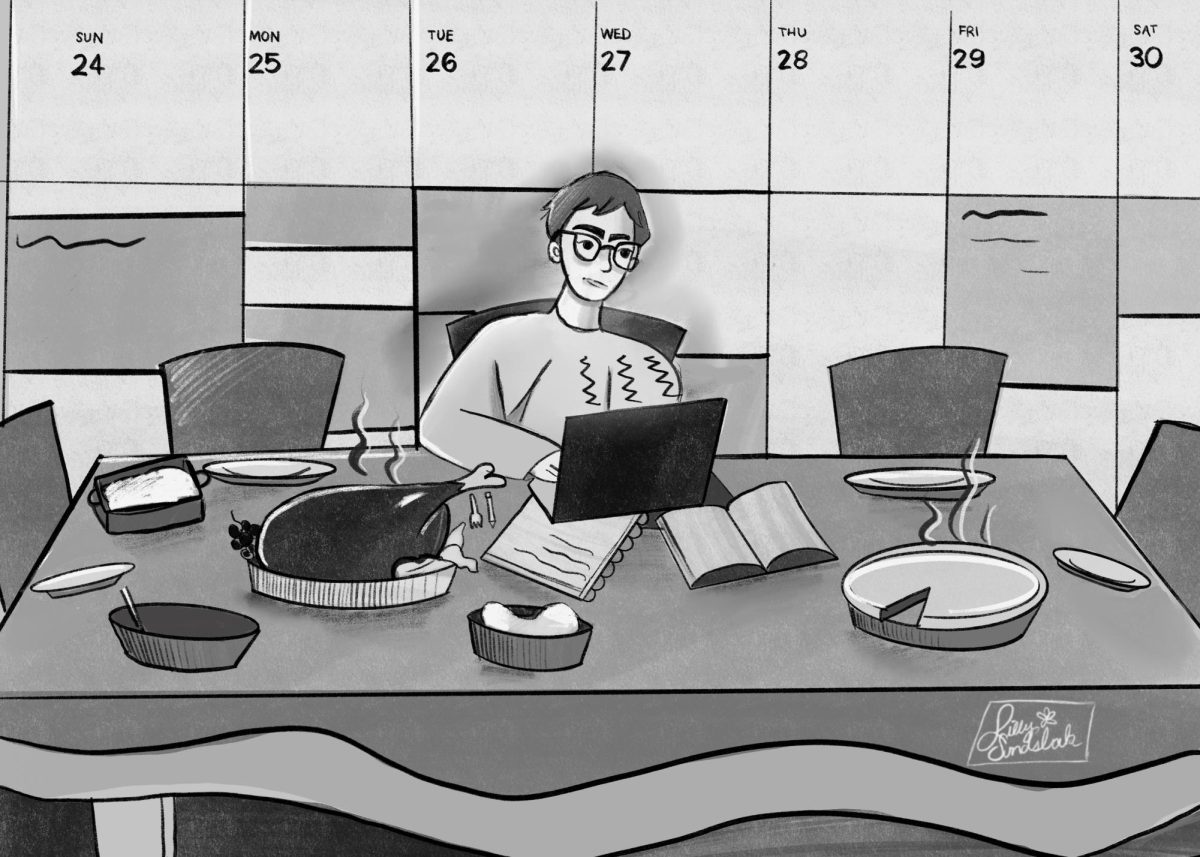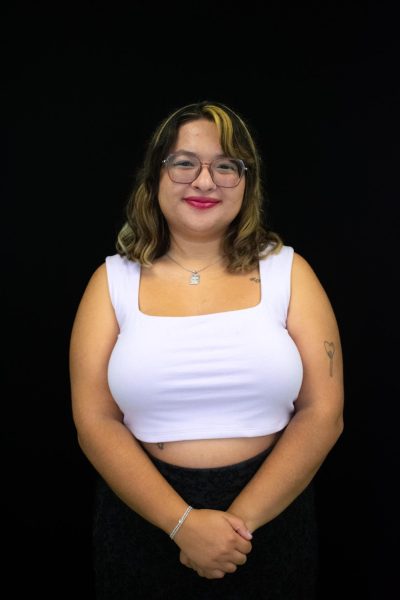In the American education system, there is a Eurocentric patriarchal lens that affects what we think happened in history. This means that it is a rare occurrence that women and people of color are given credit for their accomplishments.
The lack of diversity is prevalent despite the argument that some women are in history books. According to a National Women’s History Museum report, 178 women are named in state standards. This report focused on the status of women in the U.S. social studies standards.
Many of these women are activists, and there are very few that focus on other boundaries in history that women break. There is no shortage of women changing history; it is just the effort of acknowledging them that needs to be made. We need to bring attention to people like Fatima al-Fihriya who founded the world’s first university in 859. Or women like Patsy Takemoto Mink, the first Asian-American woman elected to Congress who helped create Title IX, the law that prohibits sex-based discrimination in federally funded education programs.
Examining further, out of those 178 women around 63% were white, this further perpetuates the Eurocentric approach. There are women of color who have affected our history today but have been forgotten due to discrimination.
One way to tackle the lack of female representation is to make classroom-ready course materials that comply with state standards and that include diverse women’s stories.
A good example of a collection of classroom-ready course materials is Diversify Our Narrative, a nonprofit that not only pushes for changes in school districts but also gives educators resources to be a more inclusive classroom. Although their focus is more through the lens of all people of color, there are women involved. Currently, they have two lesson plans that focus on Jewish women, one on their activism contributions, the other studying representation of Jewish women in film/television. If an organization like this can uplift people of color’s stories, then there should be organizations that can uplift women’s stories and the intersectionality between those two.
Many women fall victim to their work being hidden due to the system that hovers above them. We should be searching the archives for these women, but also encouraging the women of today to record their work.
“History that does not acknowledge women’s situations as well as their activities and accomplishments is, by definition, not a full history,” as the report from the National Women’s History Museum noted.
To respect women’s involvement in history, there must be a search for all women’s stories. Not just the ones that we have learned about over and over. Even for those women, there is still much to learn about other aspects of their lives, not just the ones we read in the textbooks. Until there is an effort to put women, especially women of color, into the curriculum, their prints in the sand will be washed away with the tide.
Vanessa Orozco is a junior American Sign Language interpretation major with a minor in journalism from Erie, Pennsylvania.
Copy edited by Jordilin Ruiz
Submit an op-ed of no more than 850 words here or email editorialboard@columbiachronicle.com


